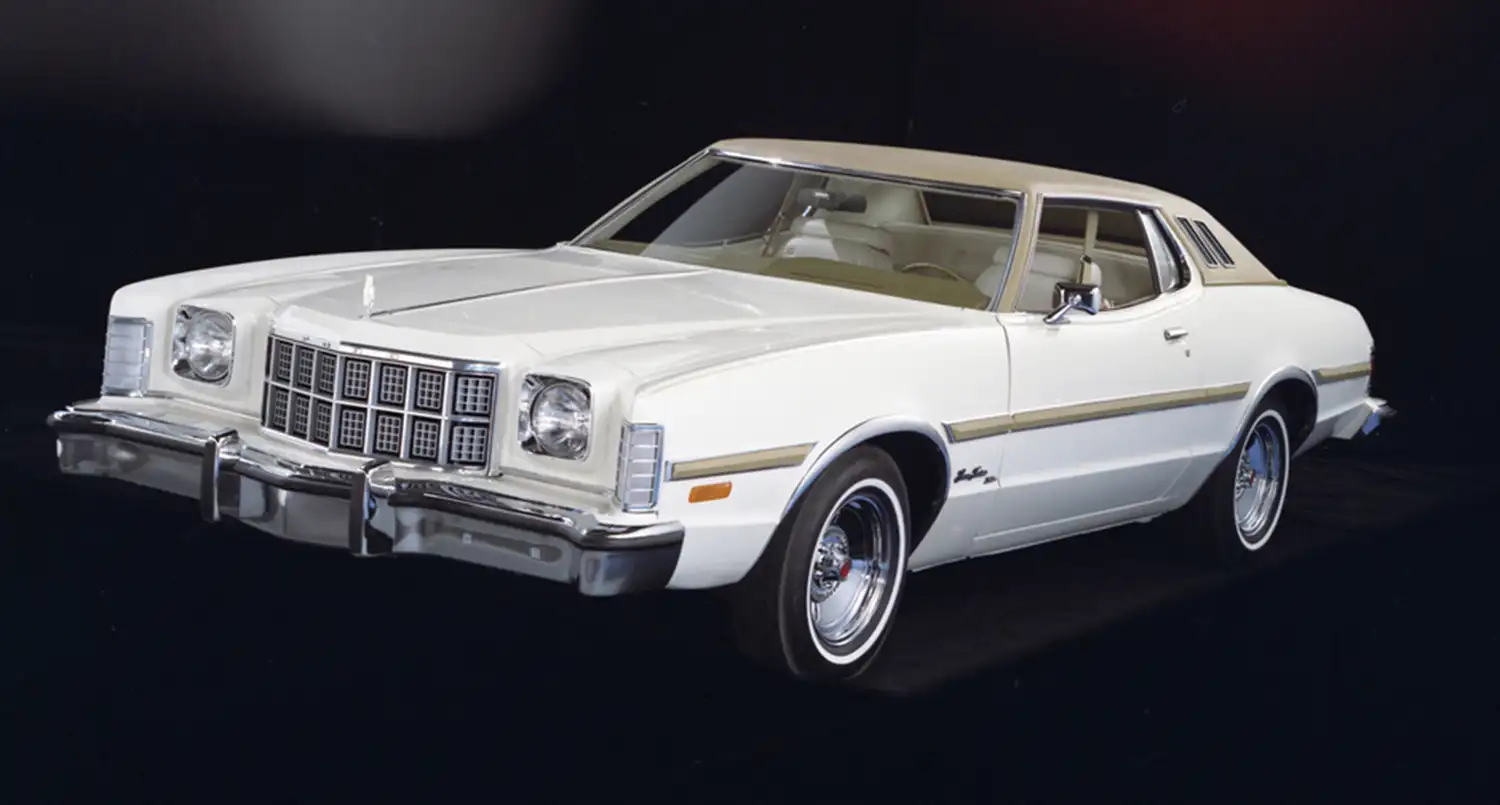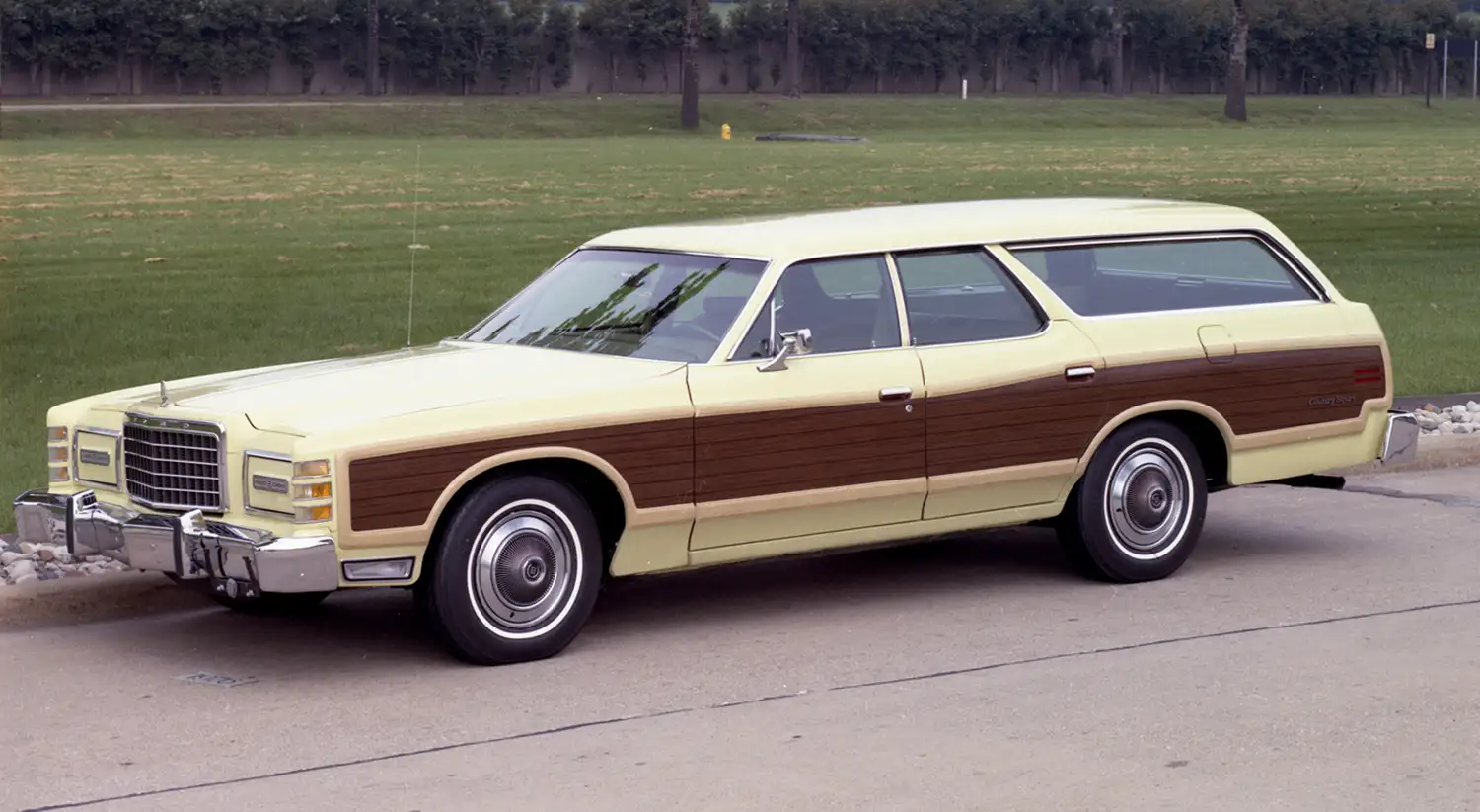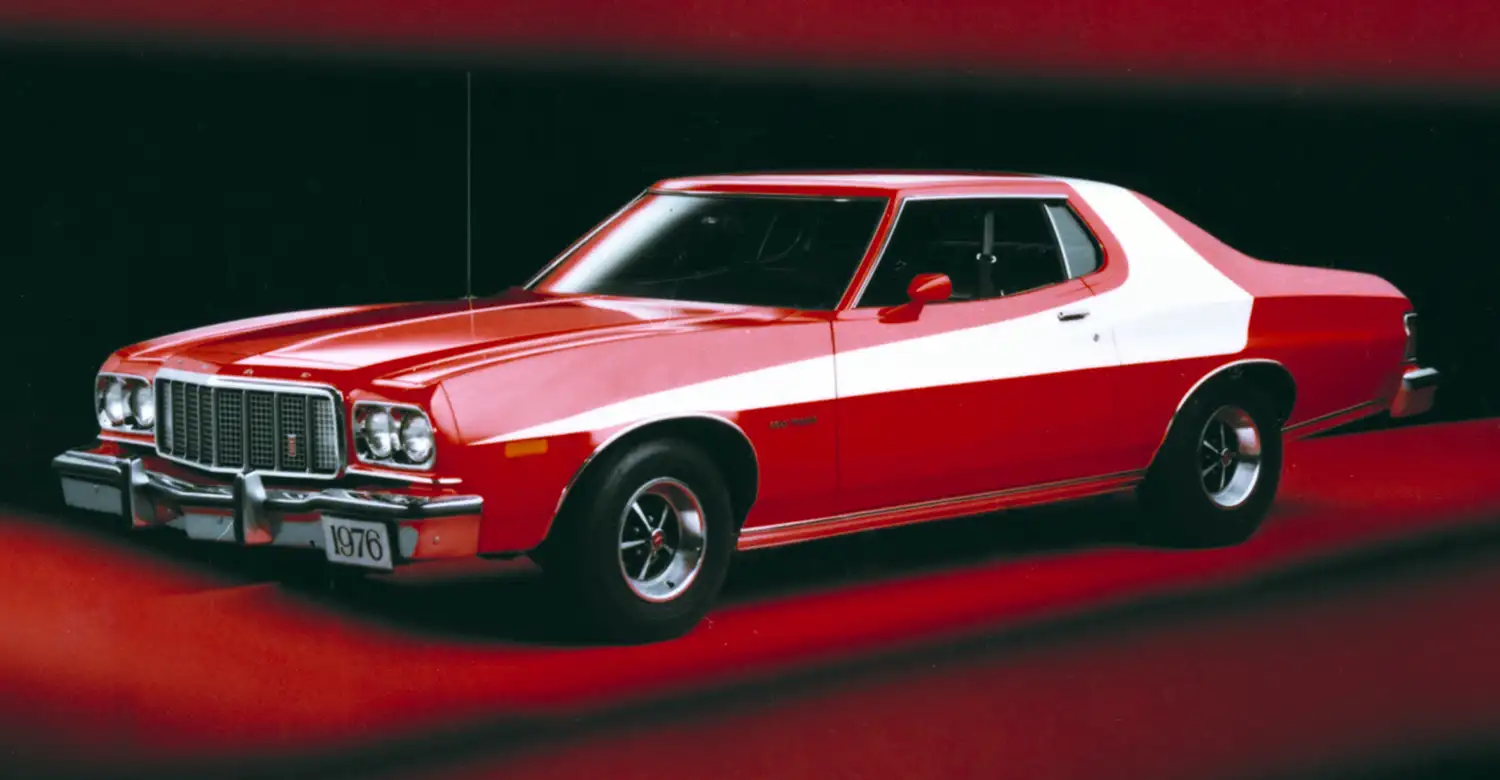
The third generation of the Ford Gran Torino spanned from 1972 to 1976, a period marked by significant design changes, various body styles, and multiple engine options. This generation is perhaps the most iconic, thanks to its appearance in popular culture, notably the “Starsky & Hutch” television series. Here’s an in-depth look at the timeline, variants, and specifications of the third-generation Gran Torino.

Timeline
1972
- Introduction: The 1972 model year marked a major redesign for the Torino line, introducing the Gran Torino as the upscale variant. The new design featured a more substantial and muscular look with a distinctive “fishmouth” grille.
- Body Styles: Available as a two-door hardtop, four-door sedan, station wagon, and the new two-door fastback (SportRoof).
1973
- Styling Updates: Minor updates included revised grille and bumper designs to comply with new federal safety regulations.
- Body Styles: Continued with the same body styles as the previous year.
1974
- Safety Regulations: Introduction of larger bumpers to meet federal safety standards. This slightly altered the car’s aesthetic but maintained the core design elements.
- Body Styles: Maintained existing body styles.
1975
- Luxury Focus: Introduction of the Gran Torino Elite, a more luxurious model aimed at buyers looking for a higher-end vehicle. This was essentially a precursor to the Ford Elite and eventually the Ford Thunderbird.
- Body Styles: Existing body styles continued, with more emphasis on luxury features.
1976
- Final Year: The 1976 model year saw the final iteration of the third-generation Gran Torino. It featured minor tweaks but largely retained the styling and mechanical components from previous years.
- End of an Era: Production of the Gran Torino ended, paving the way for newer models in the Ford lineup.

Variants
Gran Torino
- Base Model: Offered basic features and a range of engine options suitable for everyday use.
Gran Torino Sport
- Performance Focus: Featured sportier styling, enhanced suspension, and more powerful engine options. Popularized by its role in “Starsky & Hutch.”
Gran Torino Brougham
- Luxury Features: Included higher-end interior materials, additional comfort features, and more refined styling.
- Two-Door Brougham: A luxurious two-door variant offering upscale interior and exterior styling.
Gran Torino Elite (1974-1976)
- Premium Model: Focused on luxury with upscale interior features, distinctive styling cues, and was a precursor to more luxurious Ford models.
Gran Torino Squire Station Wagon
- Wagon Variant: Offered as a family-friendly model with woodgrain exterior paneling, providing both style and practicality.
Gran Torino XL
- Upgraded Features: Positioned between the base model and the Sport, offering additional features and slight performance enhancements.
Gran Torino Two-Door Hardtop
- Classic Styling: Featured a pillarless design, providing a sleek and sporty look.
Gran Torino Tow Door Hardtop
- Sporty Variant: Similar to the two-door hardtop but with additional sporty elements and performance options.
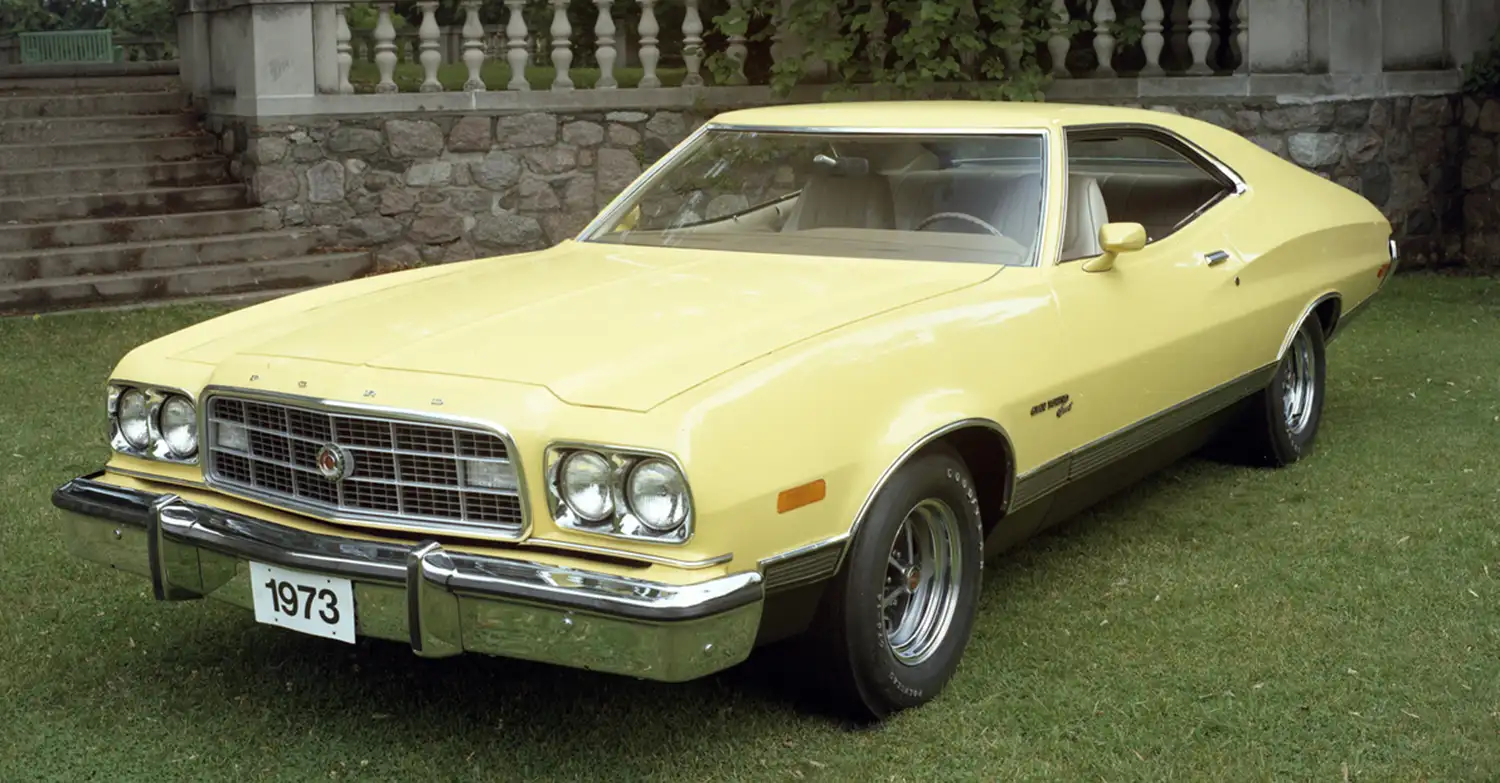
Specifications and Performance
Engine Options
- 250 cu in (4.1 L) I6: Base engine offering decent power for standard driving.
- 302 cu in (4.9 L) V8: Popular engine providing a balance of power and efficiency.
- 351 cu in (5.8 L) V8: Available in 2-barrel and 4-barrel carburetor versions, offering increased performance.
- 400 cu in (6.6 L) V8: Provided more power, catering to those seeking enhanced performance.
- 429 cu in (7.0 L) V8: High-performance option available in early years of the generation.
- 460 cu in (7.5 L) V8: Introduced later, offering the highest power output for the Gran Torino.
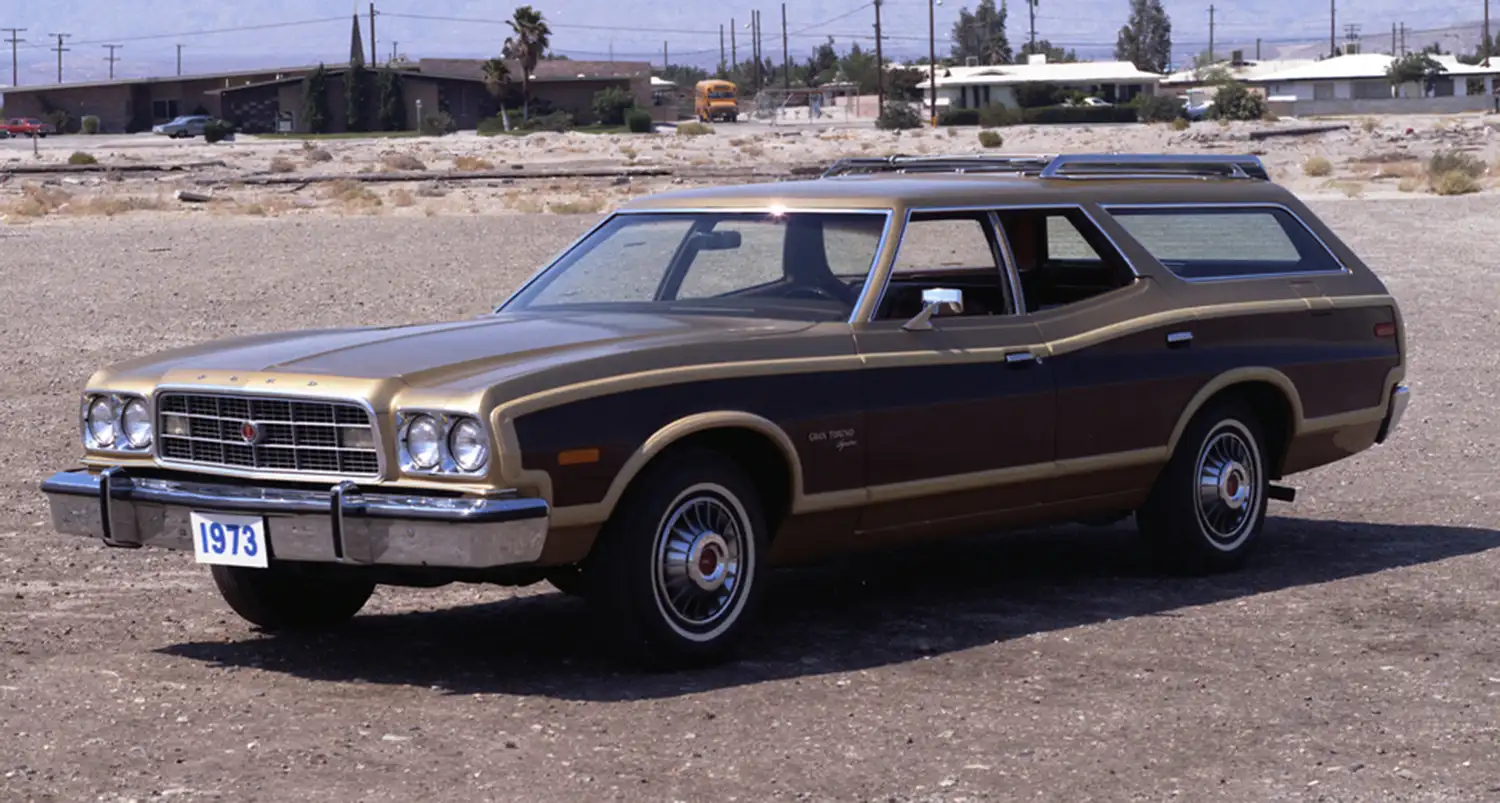
Performance
- Power Output: Ranged from approximately 140 hp in the base inline-six to over 200 hp in the high-performance V8s.
- Acceleration: The more powerful V8 engines could achieve 0-60 mph times in the range of 8 to 10 seconds.
- Top Speed: Varied depending on the engine and configuration, with some models capable of reaching over 120 mph.
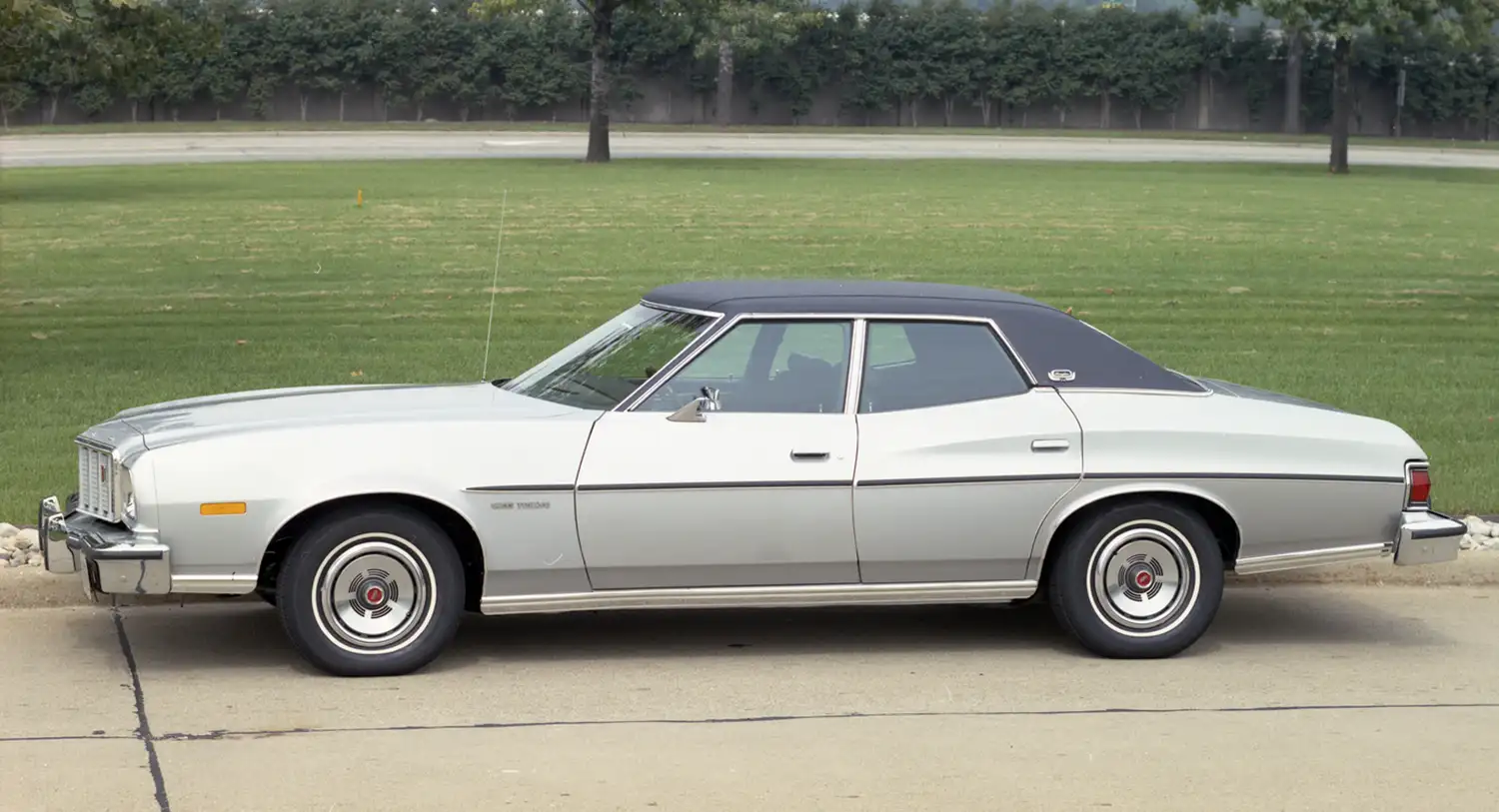
Transmission Options
- 3-Speed Manual: Standard on base models.
- 4-Speed Manual: Available on sportier variants.
- 3-Speed Automatic: Optional on base models and standard on higher trims.
Chassis and Suspension
- Body-on-Frame Construction: Provided durability and a solid foundation.
- Suspension: Independent front suspension with coil springs and a solid rear axle with leaf springs. Sport models featured upgraded suspension for improved handling.
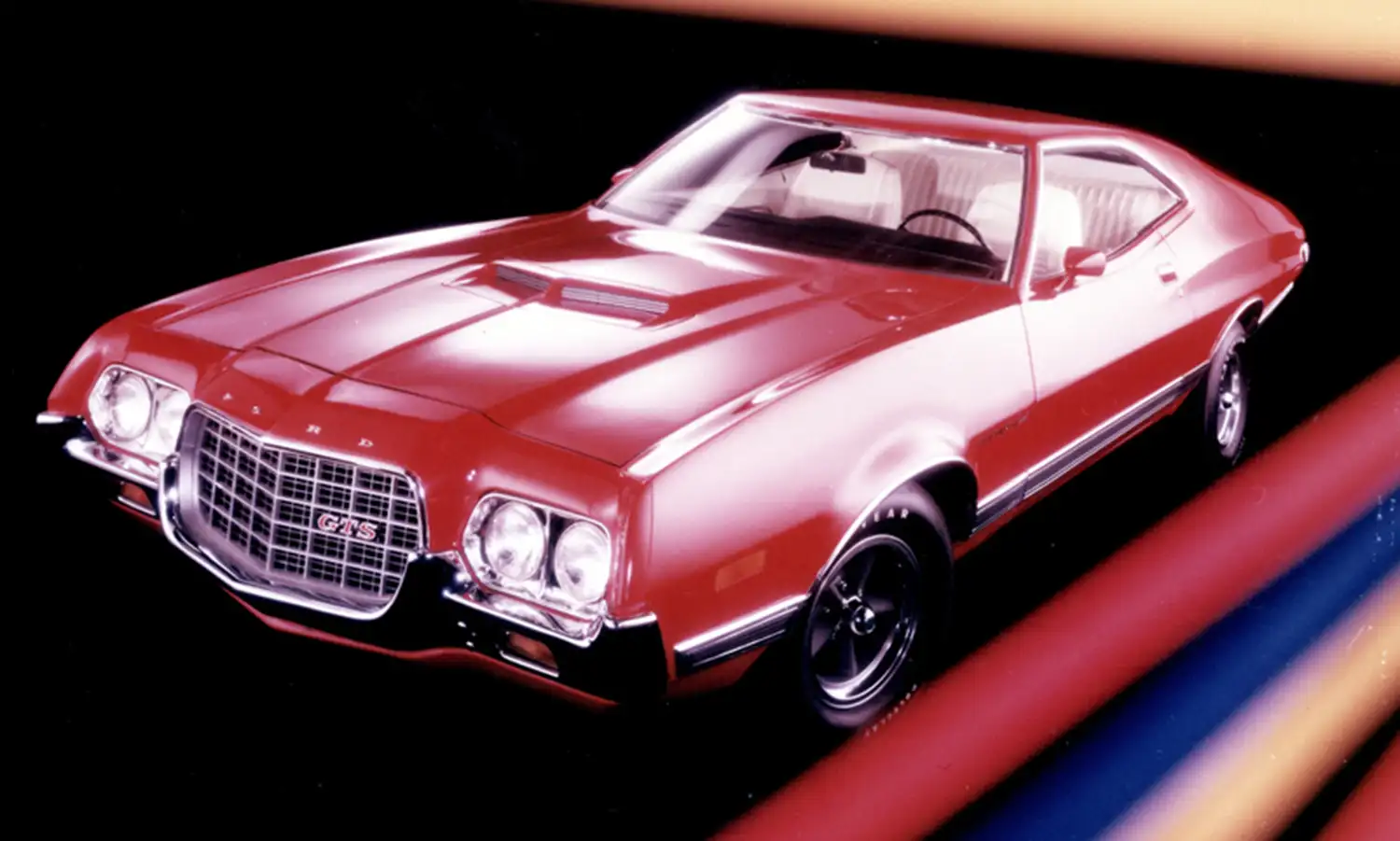
The third-generation Ford Gran Torino remains a symbol of 1970s American automotive design, blending performance, style, and comfort. From its bold styling to its varied engine options, the Gran Torino catered to a wide range of buyers, from those seeking a reliable daily driver to enthusiasts looking for a powerful sports car. Its legacy, immortalized in pop culture, continues to resonate with car aficionados and classic car collectors alike.
Source: FordHeritageVault & Ford Performance
This Article use tools from Chatgpt

